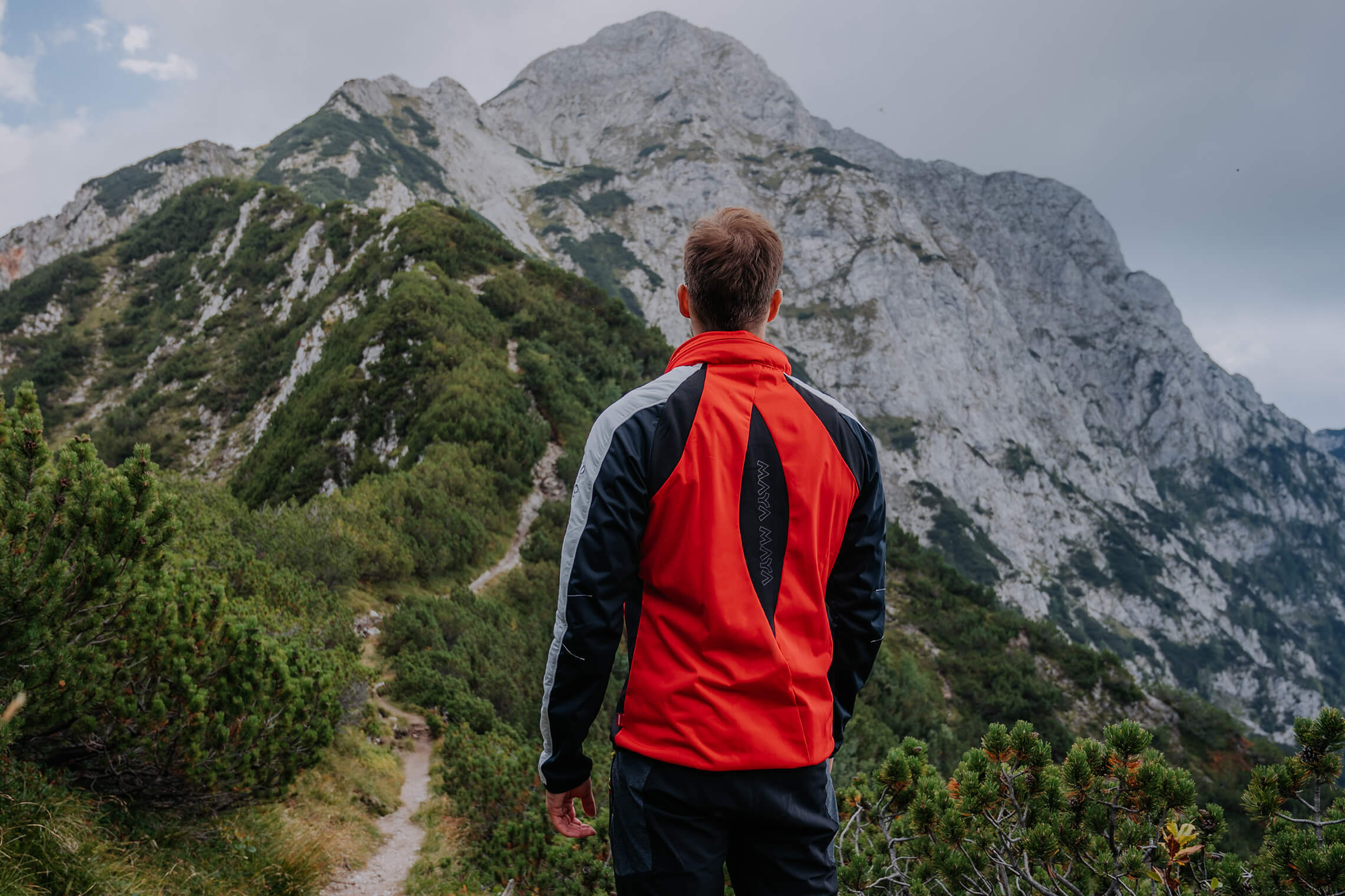
Thermal balance: what it means?
what it depends on, and how to achieve it
"IT IS NOT HARD TO IMAGINE YOURSELF THAT THE WARMTH EXCHANGE BETWEEN THE BODY AND THE ENVIRONMENT HAS A GREAT EFFECT ON THE TEMPERATURE OF OUR BODY AND, CONSEQUENTLY, OUR WELL-BEING."
We would all like to enjoy the comfort of the domestic fireplace when traveling and performing activities in different places. Thermal balance is the feeling that we are not too hot or not too cold but it is difficult to obtain in different environments. But what are actually the processes that determine, whether we are going to cool down or warm-up? Our bodies and the environment exchange heat in different ways.
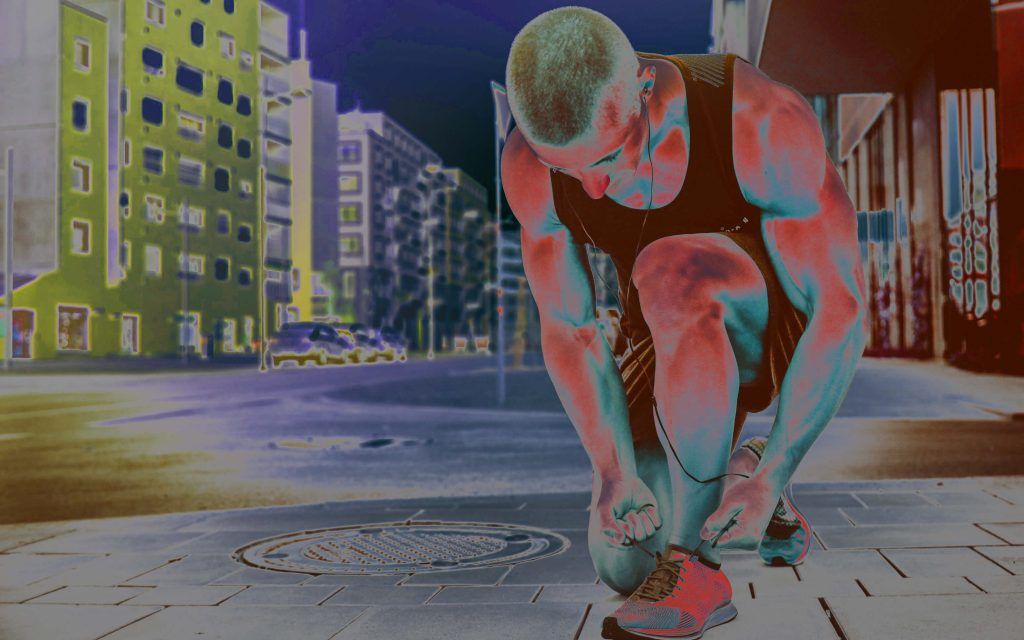
Usually, we talk about four different ways.
Conduction: If we are holding a cold object, then we transfer the heat to it by so-called conduction.
Convection: If you are moving in a cold medium, for example, air or water, then we transfer the heat to the surrounding medium by convection. Wind increases convection by increasing the movement speed of the medium (air) around our body. And this is why we are cold in windy conditions, while temperatures stay the same.
Thermal radiation: Since we always find ourselves in an environment, in which different bodies and objects have different temperatures, a constant electromagnetic thermal transfer runs between us and the vicinity. We call this thermal radiation. The larger the difference between our skin temperature and outdoor temperature is, the more heat we radiate into the surroundings, and if the environment is warmer than our body, we accept the heat from the surroundings, respectively.
Evaporation: And last but not least, a very important way of heat/thermal transfer between our bodies and the environment is the evaporation.
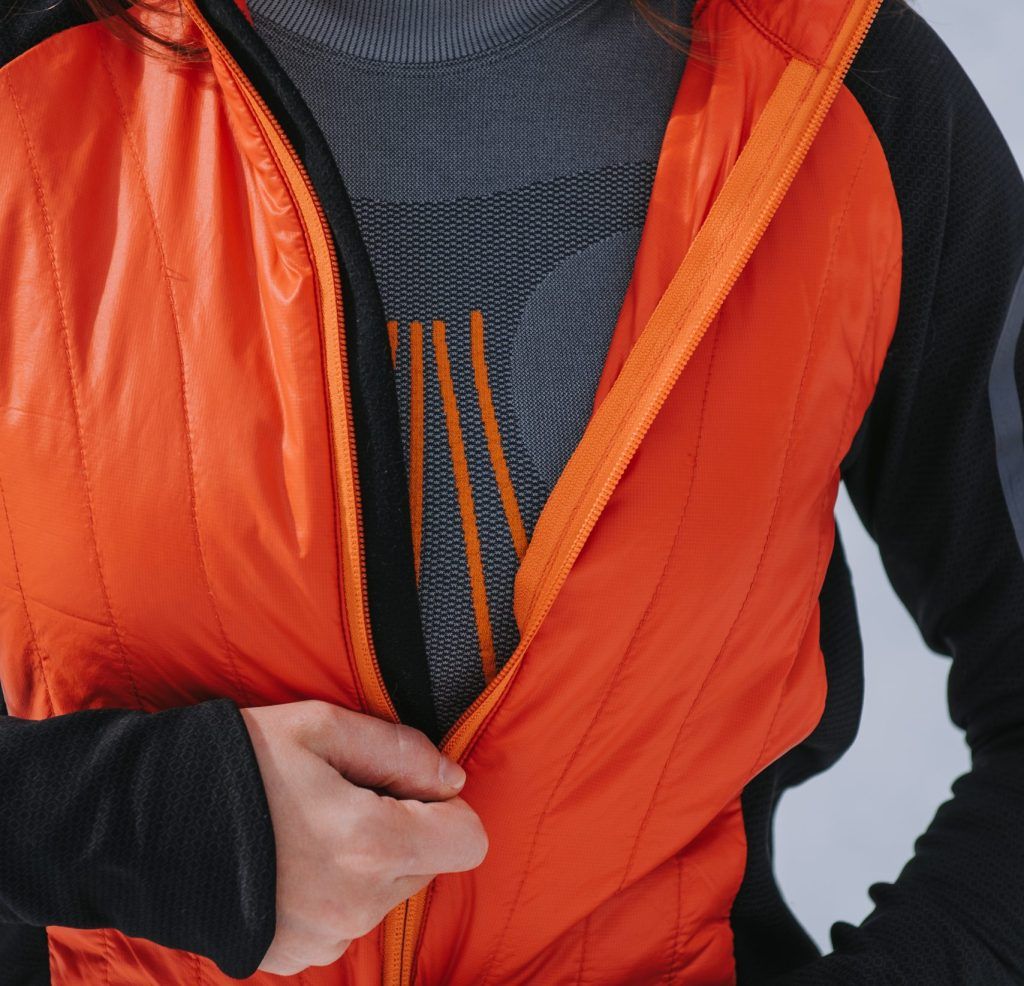
LET'S TALK EVAPORATION
To better understand what meaning do these ways of thermal exchange between our bodies and environment have for us, we can take an example of evaporation. Energy is needed for water (sweat) to evaporate from the surface of the skin. Meanwhile, one liter of water evaporates from our body we consume approximately 580,000 calories (580 kcal) or 2,4 megajoule (MJ) of thermal energy. A lot? Not much? These numbers may be meaningless to some of you, so let us present you somewhat differently.
One joule is the energy required to raise a small apple (to be precise, an apple with a weight of 102 grams or 0.22 pounds) one meter high. The energy that is lost from the body, when one liter of water evaporates of the skin, is, therefore, the same as that which is needed to raise two and a half million small apples one meter high. If you do not like apples, try it like this – it is so much energy that we could lift a 20 kilos (44.09 pounds) heavy backpack 12 kilometers into the air. A lot?
It is not hard to imagine yourself that the warmth exchange between the body and the environment has a great effect on the temperature of our body and, consequently, our well-being. Despite the heat which is being exchanged by our body and the environment, the temperature of our body is also influenced by our metabolism.
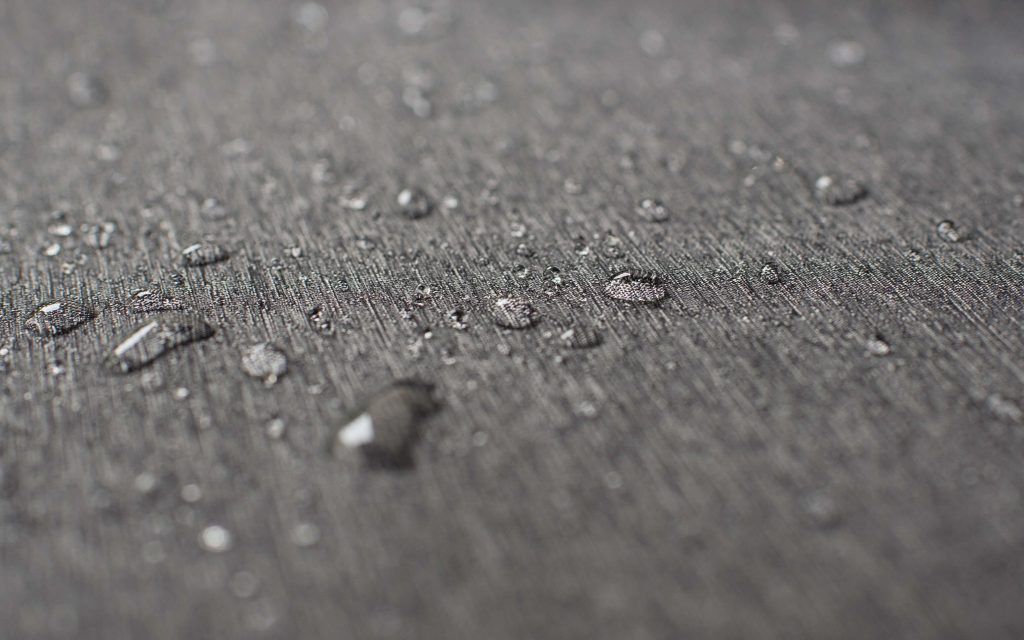
METABOLISM AND BODY TEMPERATURE
Metabolism is a process in which energy is emitted. This energy is needed for our bodies to even operate. Its by-product is an energy rush which raises our body temperature. We usually measure metabolism in watts (watt; W) which is a unit for power or energy flow. When stationary, we produce about 100 W with our metabolism which is almost the same amount of energy needed to power an average light bulb.
When in movement, our metabolism naturally increases and therefore more heat is emitted. Trained people in intense physical activity can produce energy flow equal to the one, needed to power fifteen light bulbs (1.5 kW). If we were not able to get rid of the metabolically made heat, the body temperature would grow rapidly and we would find ourselves in serious trouble. Oppositely, if in winter with conduction, convection, thermal radiation, or thermal evaporation into the environment we emit more heat than we produce, our body begins to cool down. Instead of standing still in the cold, we sooner or later start to shift weight from one foot to another. Why? This increases muscle work, accelerates metabolism and thus we release more heat which reduces the cooling, raises our body temperature and improves our well-being.
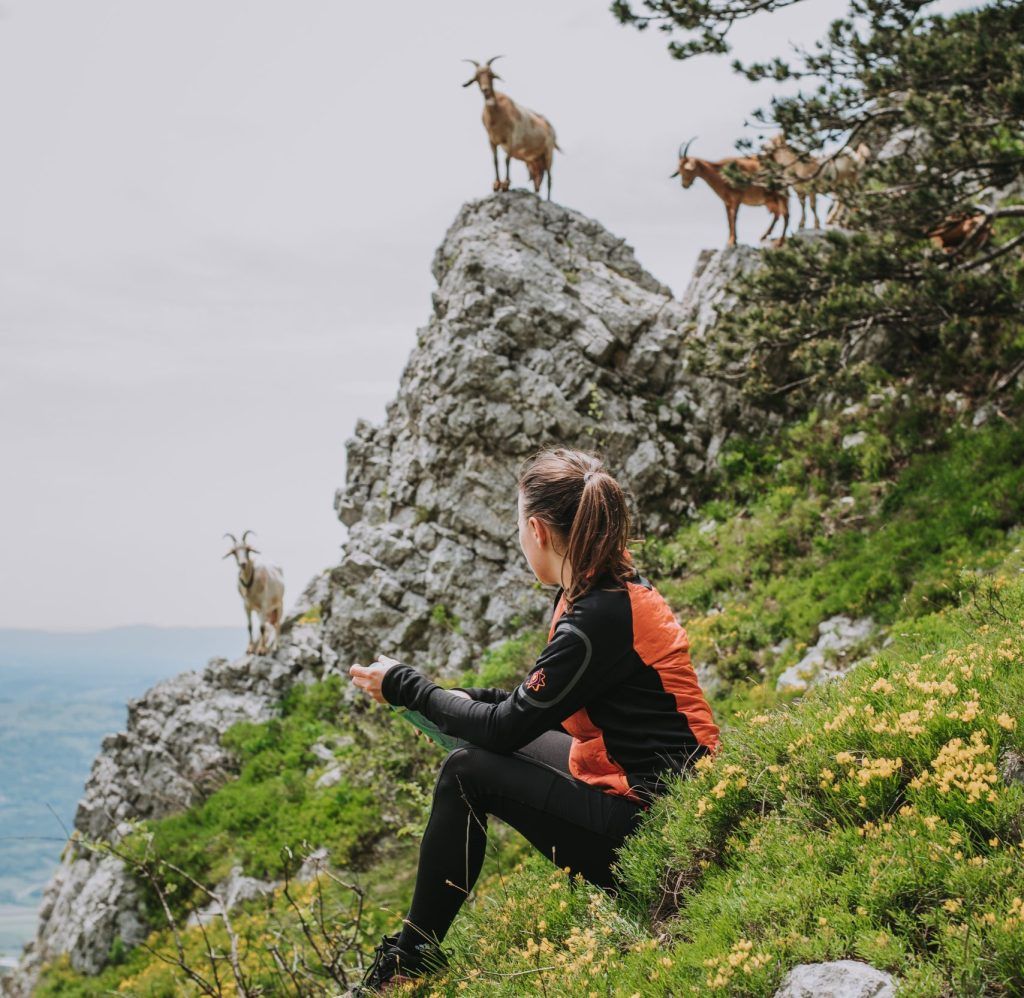
All four ways of heat exchange between the body and the environment, including the production of energy which is released in metabolism, can be compared with a refueling water tank that leaks. Let the refueling water tank be an uptake of the heat in our body and let water leaking from the tank be our emission of heat. If we added less water in the water tank at a given time than it drained out of it, the water level in the tank will drop.
So, if the heat uptake from the environment (due to conduction, convection, or thermal radiation) and the formation of metabolic heat is jointly smaller than the quantity of emitted heat (which will be emitted into the environment with conduction, convection, thermal radiation or evaporation) then our body will start to cool. No sooner the quantity of the added and the run-off water, or by analogy received and formed heat on one hand and the emitted heat, on the other hand, are equal, will the water level in the tank, or our body temperature stay the same. In this case, we are talking about thermal balance.
It is now probably obvious that to maintain stable body temperature in any environment a factor that is equally important for the Eskimos, children on a tropical beach, an astronaut on an international space station, and of course for us; it is a key for well-being, a sense of comfort and is essential for survival in extreme conditions.
Latest guides


THE HEAT: Part 3
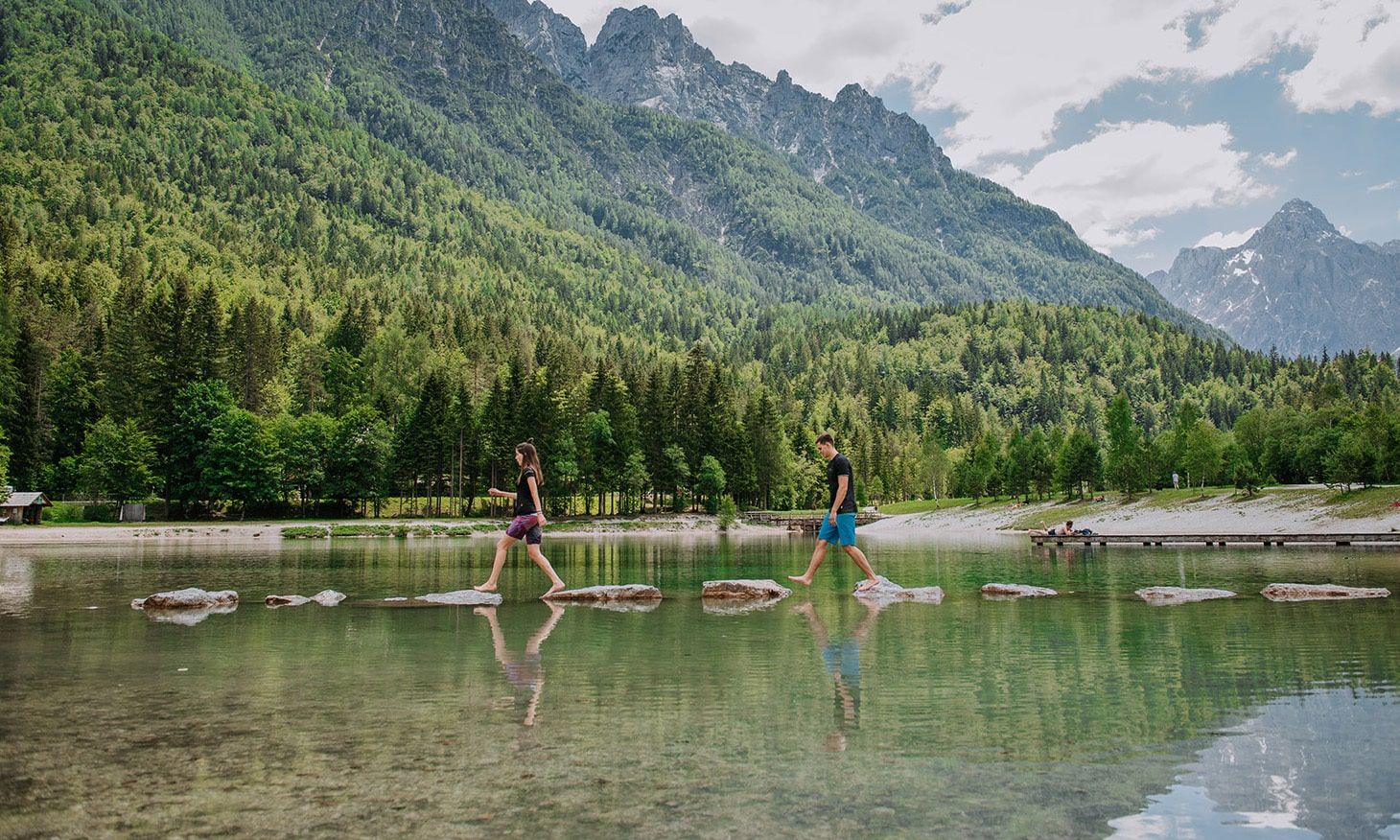
THE HEAT: Part 2
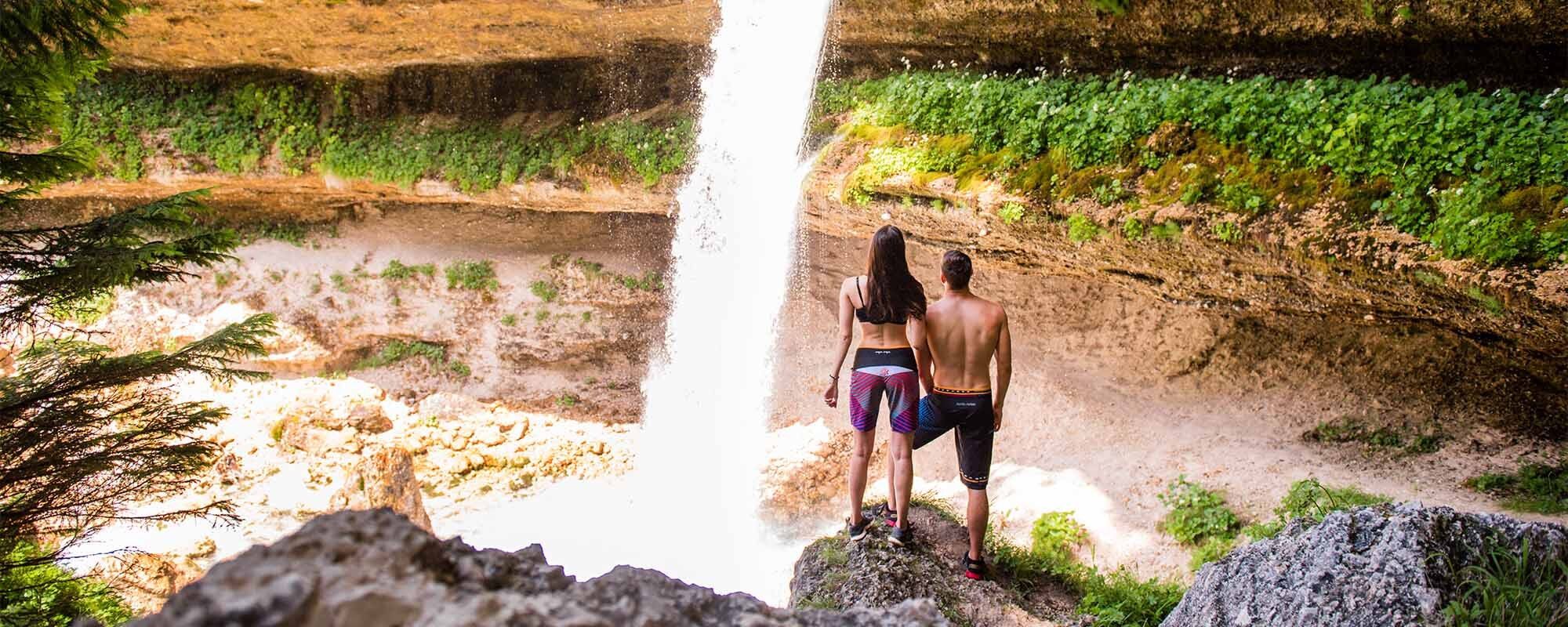
THE HEAT: Part 1
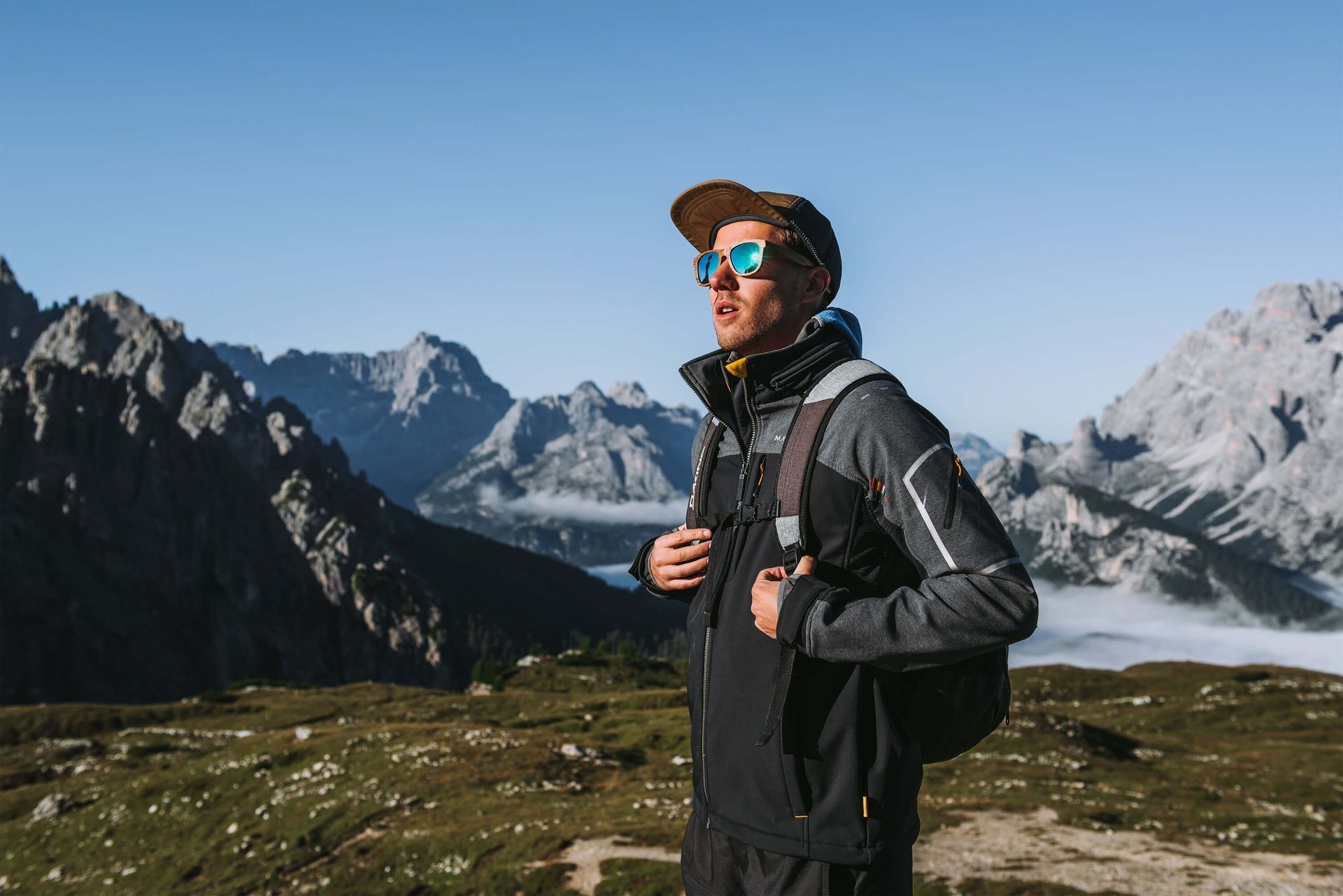
Thermal balance: what it means?
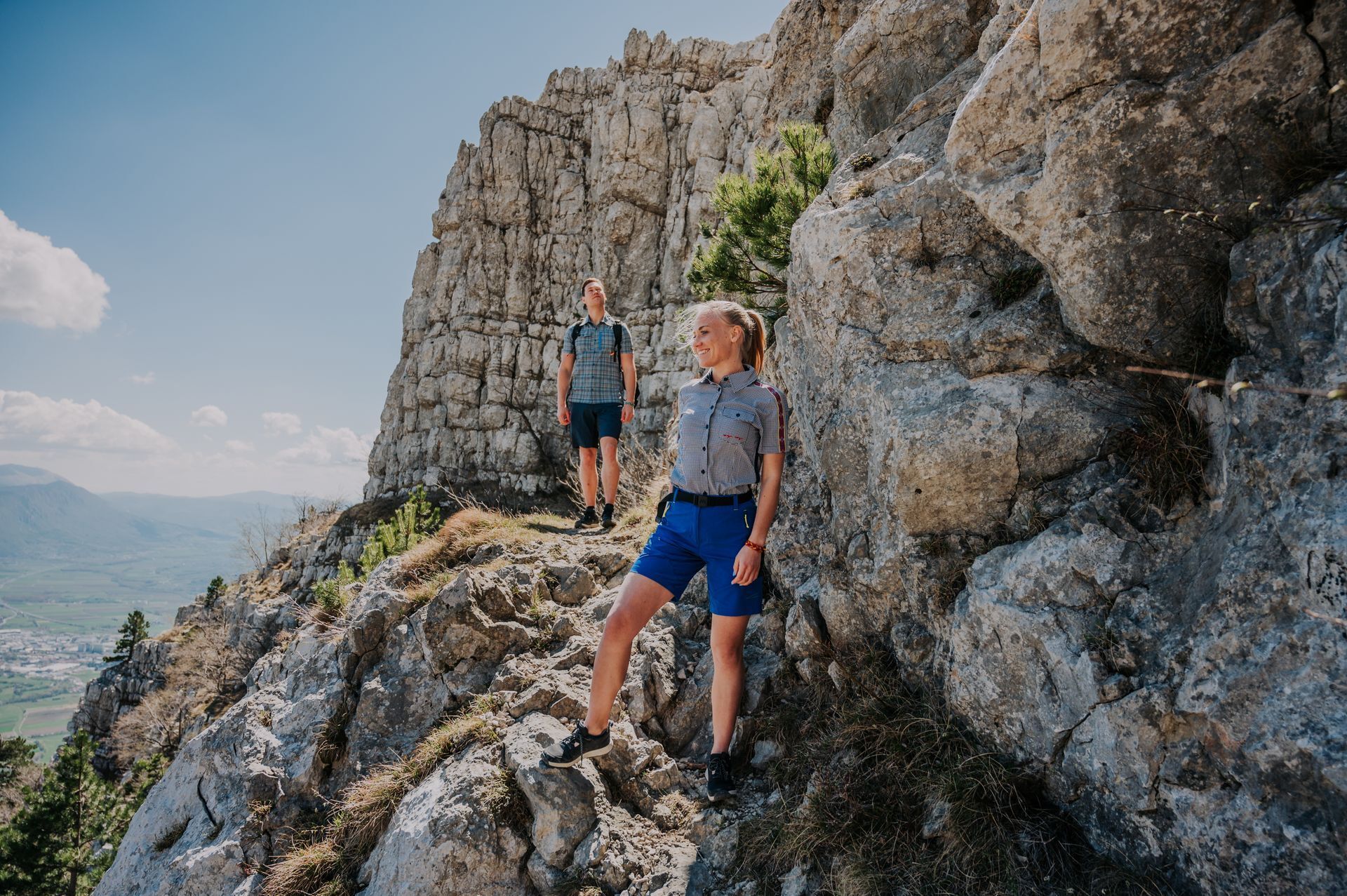
What do I wear for hiking?
Inspiring stories

History of Ancient Mayans

Event recap
Discover the magic of MAYA MAYA at our Landquart event. Explore the ‘Unique and Indigenous’ collection, enjoy cocktails, and workshops.

What to wear for an autumn hike?
Gear up for colder days with our guide on hiking in dry conditions. Learn about layering, baselayer, softshell and pants for optimal comfort.

THE HEAT: Part 3
Stay stylish and protected under the summer sun with our perfect outfits for walking, beach outings, active vacations, and mountain hikes.

THE HEAT: Part 2
Stay safe in the heat with tips on UV protection, hydration, and clothing. Adapt to summer conditions for outdoor activities, enjoy the sun!

THE HEAT: Part 1
Learn how your body functions in the heat, how to stay safe outdoors, basics of thermal comfort, internal temperature regulation, sweating.

Thermal balance: what it means?
Thermal balance is crucial for our well-being. Understand what it means, how it affects us and learn about heat exchange and metabolism.



